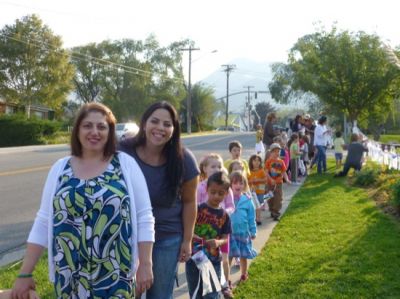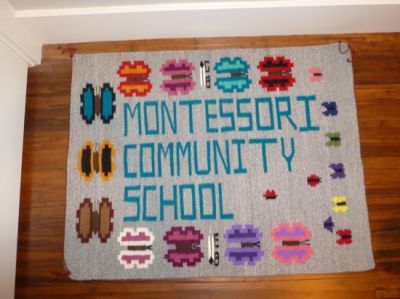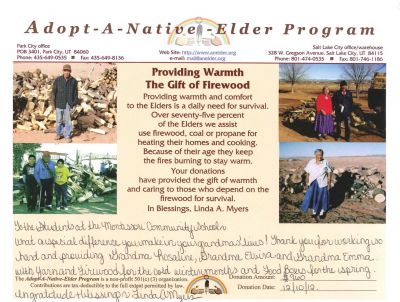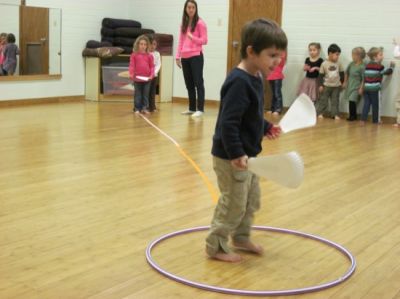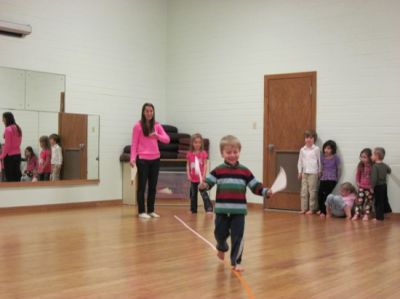The Middle School students recently completed their Service Learning Cycle. Below they have shared some of their experiences from the Immersion Week.
The Humane Society
The Humane Society is an animal rescue shelter for homeless house pets. Elise and I volunteered there for our independent service project. We both wanted to help the same organization so we did two things for the same place, that’s why we also raised about seventy-five dollars and donated it to the organization. Elise and I walked four dogs and over twenty cats each, giving the pets fun and loving experiences.
– Emilia
The Bicycle Collective
The Bicycle Collective is a non-profit organization that takes in old and unwanted bikes then fixes them up and donates them to those in need. The M.C.S. Middle School class volunteered there for two and a half hours during our service-learning immersion. We fixed small kids bikes that will be delivered on Christmas Eve to homeless or poor children as presents. In all we fixed five and a half bikes, we also “killed” one, meaning we took it apart so they reuse pieces.
– Emilia
Tree Utah
One of the service projects we did as a group was with Tree Utah. Tree Utah is an organization that’s mission is to “improve Utah’s quality of life for present and future generations by enhancing the environment through tree planting, stewardship and education.” One of their main goals is to plant a million trees. What we did to help Tree Utah was paint dead tree logs to make signs so they could label the wonderful trees they planted in their eco garden. We painted ten logs and worked eight hours total as a group.
– Noah
Montessori Community School
What I did for my personal service project was I went around doing everyone’s school service and helping out the school. Some of the jobs I did were shoveling snow, sweeping the gym and put away dishes. We were planning to rake the field but there was a lot of snow fall and the next day it was really hot after it snowed so it was more like ice picking. Doing all this work took three hours total on my own
– Noah
Wasatch Community Garden
On the Tuesday of our immersion week Upper Elementary sixth years and us Middle School students went to the Wasatch Community Garden. The Wasatch Community Garden is a place where people that live in Salt Lake can have a plot where they can plant whatever plants they want. Some of the things we did to help this organization were mix compost, water plants, make green houses (that were really warm inside), feed chickens and feed worms. Our total amount of time that we donated was twenty-two hours!
-Elise
The Stable Place
On the Monday of our service learning immersion week we went to the Stable Place. The Stable Place is a farm that has horses, pigs, dogs, cats, a goat, and a goose that have all been rescued. Some of the things we did to volunteer were: feed and groom horses, walk dogs and played with cats, pigs and a goat. It was really fun!! Our total about of hours that we gave to this organization was twelve hours!
-Elise
Sarah Daft Home
For my service learning project my mom and I went to the Sarah Daft Home. The Sarah Daft Home is a home for old or disabled people who need help taking care of themselves. When we first arrived we vacuumed the halls so it would be nice and tidy for them. When we were done with that we went door to door giving the residents beverages to keep them hydrated and healthy. This experience was so fun but I think my favorite part of this experience was putting a smile on their face. I hope to visit them again soon.
– Maddi
Aquarium
When we first arrived at the Living Planet Aquarium we went into a working room. Our mentor, Melisa, told us we were going to do an assembly line to make goodie bags. The goal of this was to help out the workers so they wouldn’t have to do it by themselves. There were five stations; opening bags, putting toys in the cups, bagging, tie and curling ribbon. Once we filled up 3 huge plastic boxes we saw all the fun things the aquarium had to offer, such as eels, sharks, and otters.
– Maddi
Dixon’s Farm
For my service I decided to help out a local farm but they had changed their policy. For legal reasons I had to be sixteen to go. So instead I thought I would help my mom’s friend, Monica Dixon, we called her up and asked if she was going to be home Tuesday November, we told her it was for a school project. When we arrived at roughly 10:30 we went to say hi to Monica and the animals. She has three goats, chickens, a cat named Doodle and Daisy her horse. The majority of her animals are rescued (Which means they were adopted from Situations were the animal was not being taken care of properly) which is why we decided to go her farm. We started by replacing the food for the animals, after that was done we changed the bedding in Daisy’s stall, changed the goats bedding, played with the goats and walked Daisy around the arena. Over all I think we helped a lot in her day. And I really enjoyed myself.
-Bjorn
Camp Kostopulos
We went to camp Kostopulos, which is a place that people with mental and physical disadvantages can go to participate in ropes courses and other outdoor activities. They have a stable and the main thing we did there is cleaned the different stalls, clean out the snow in their dumpsters, bring the old hay to the dumpsters in wheel barrow, sweep the floors, muck the stalls, pick up the poop we also shoveled snow and cleared the ice. I think this was one of our greater services we got a lot done and I hope we helped in their day.
-Bjorn
